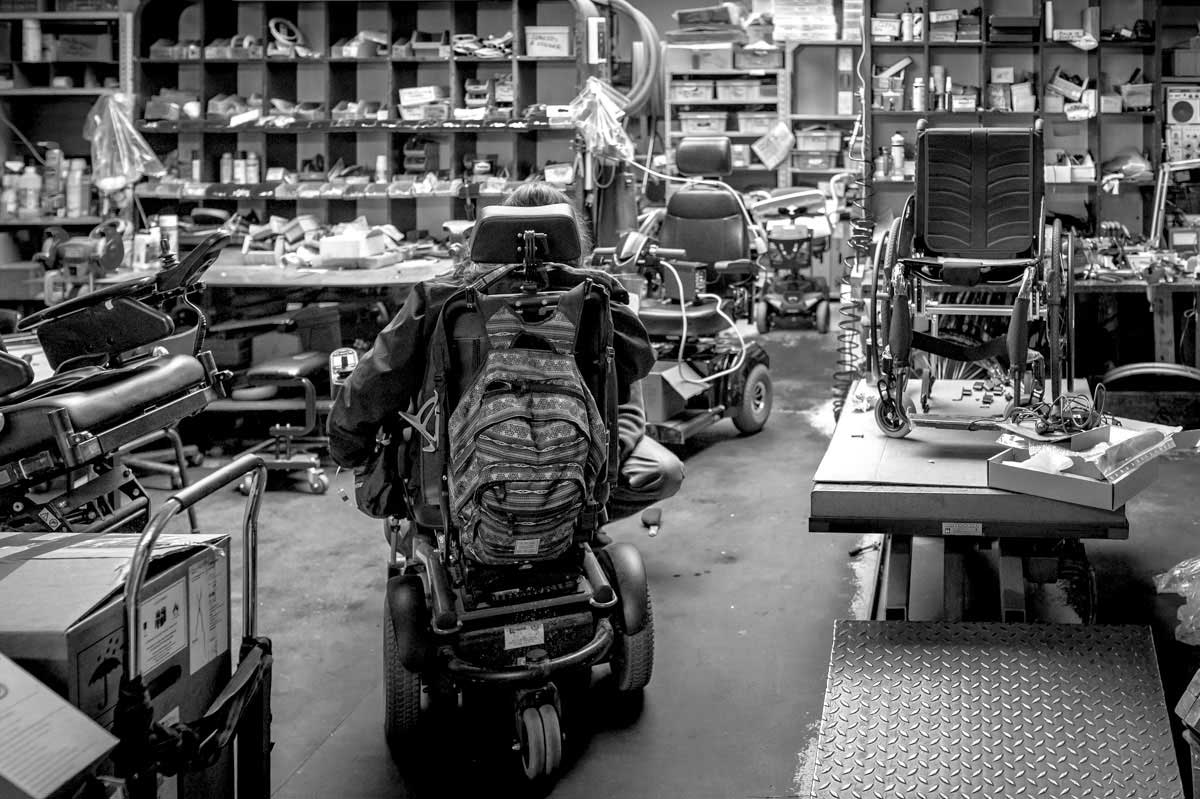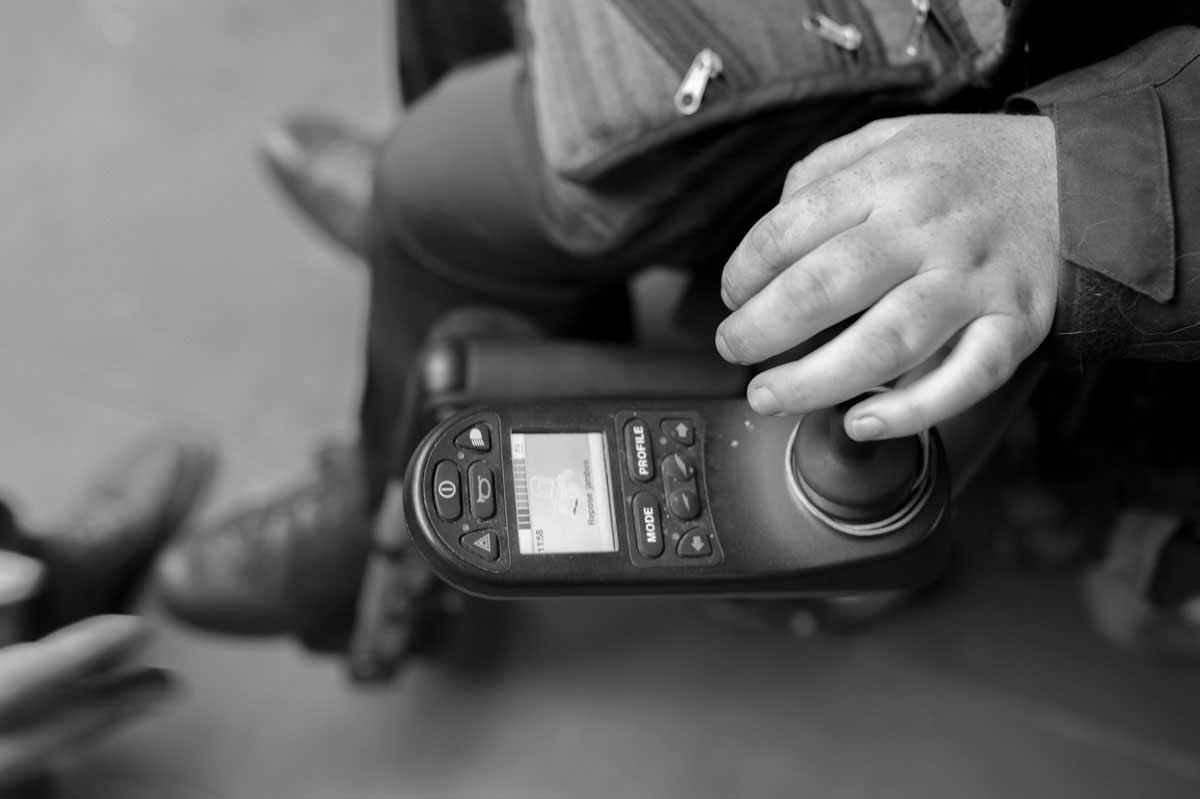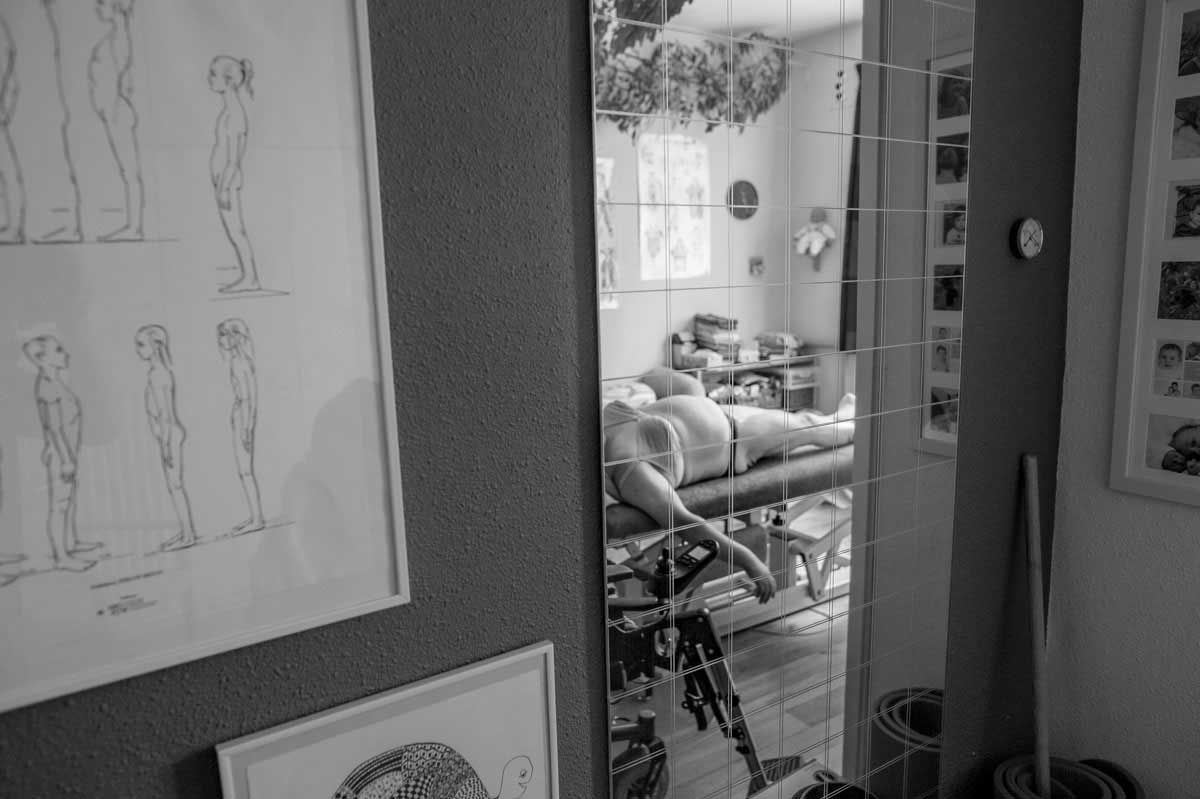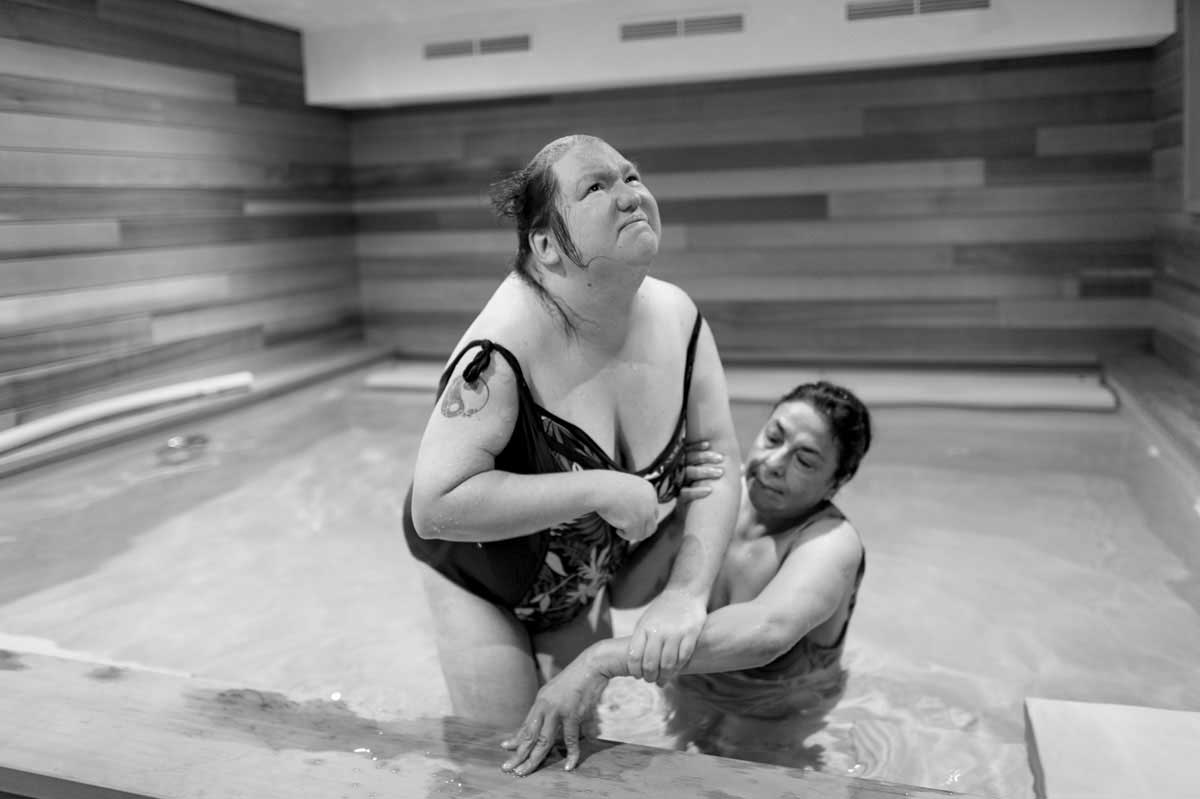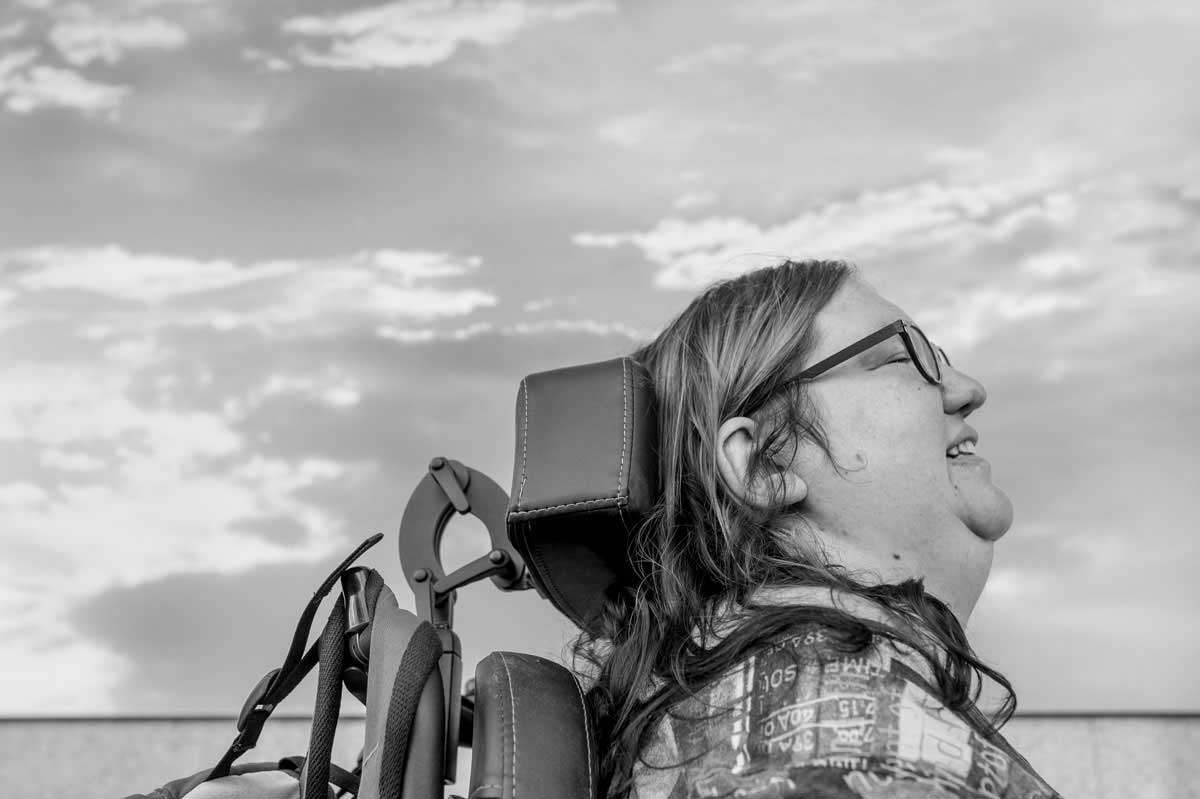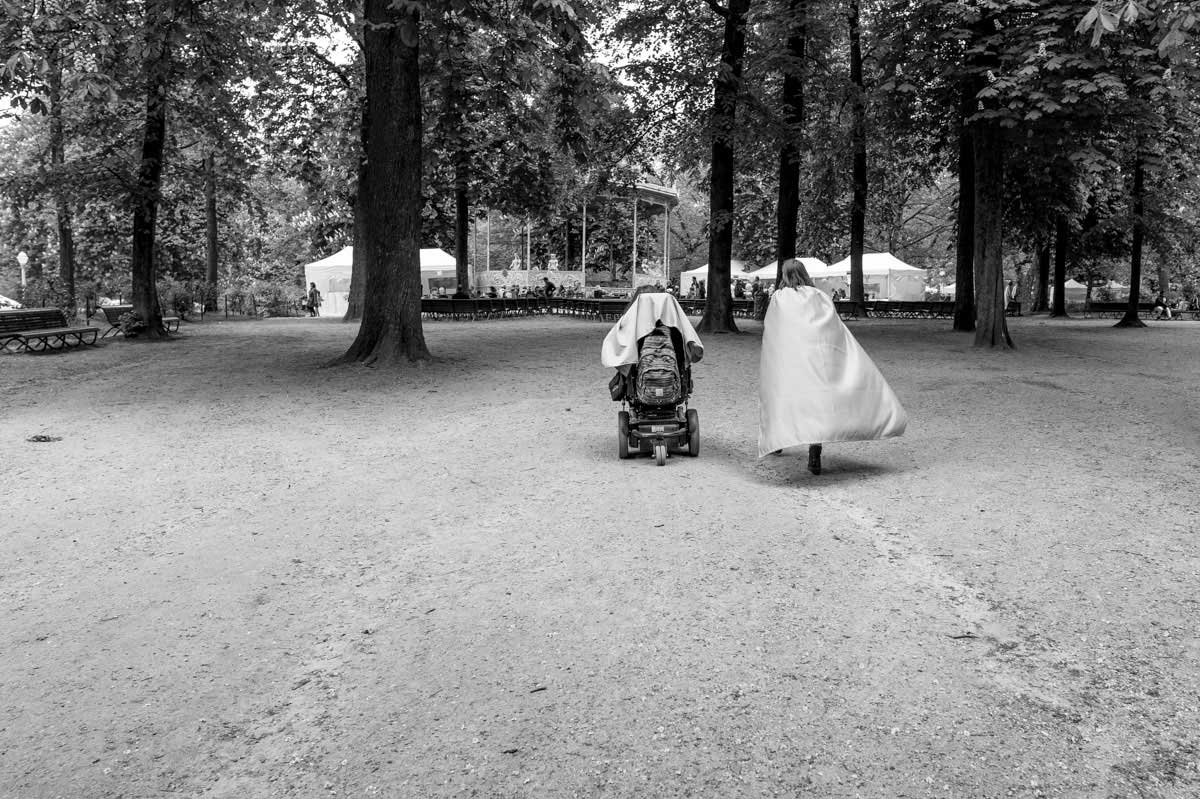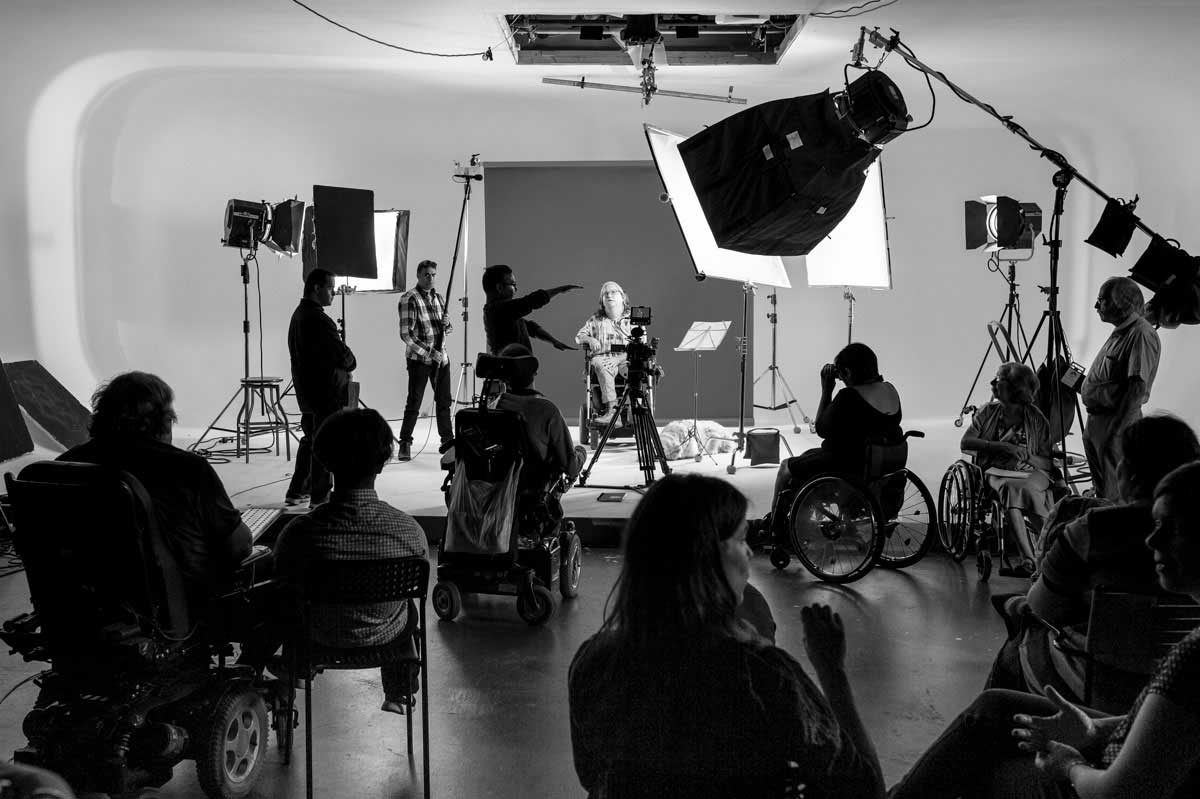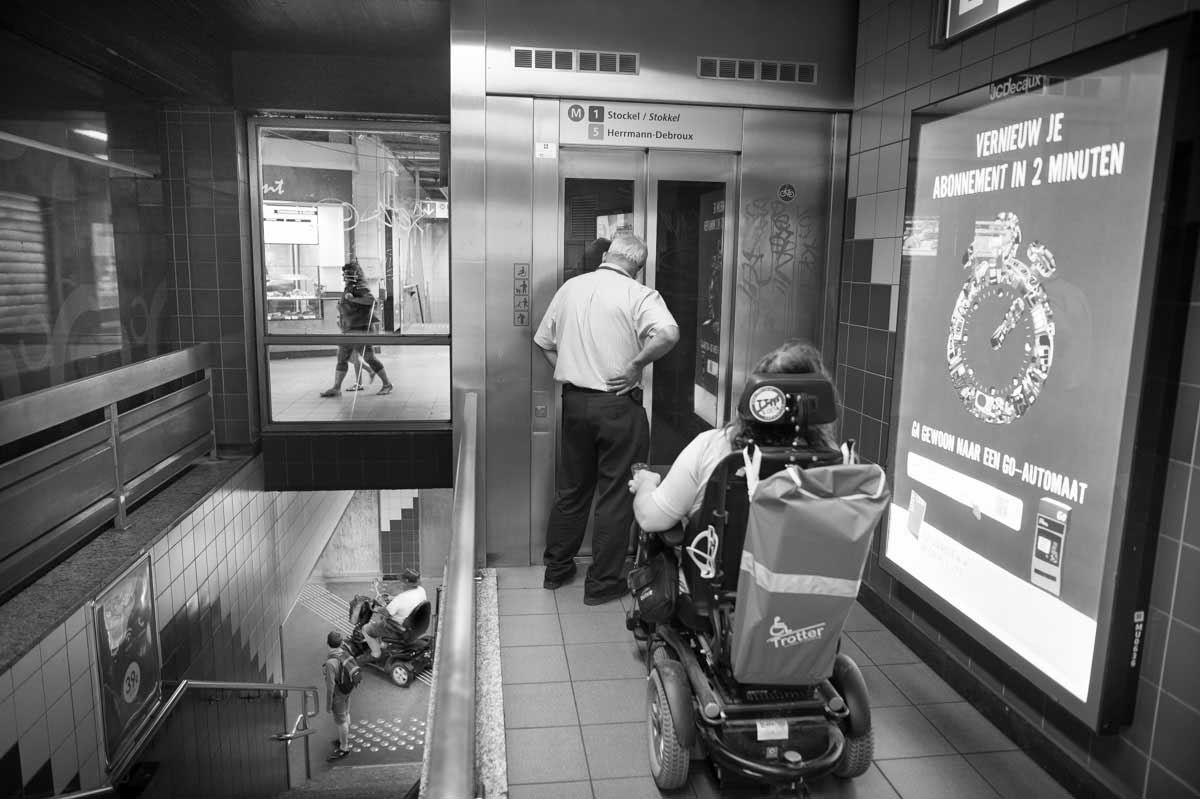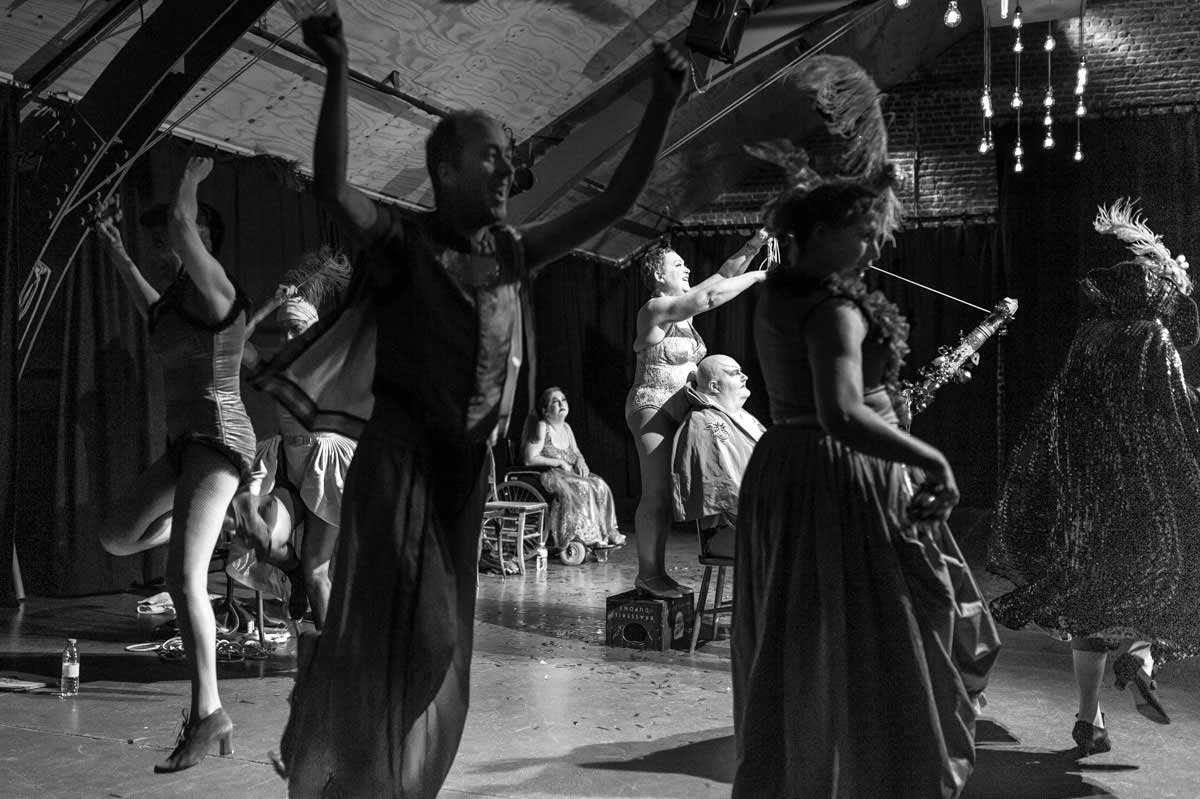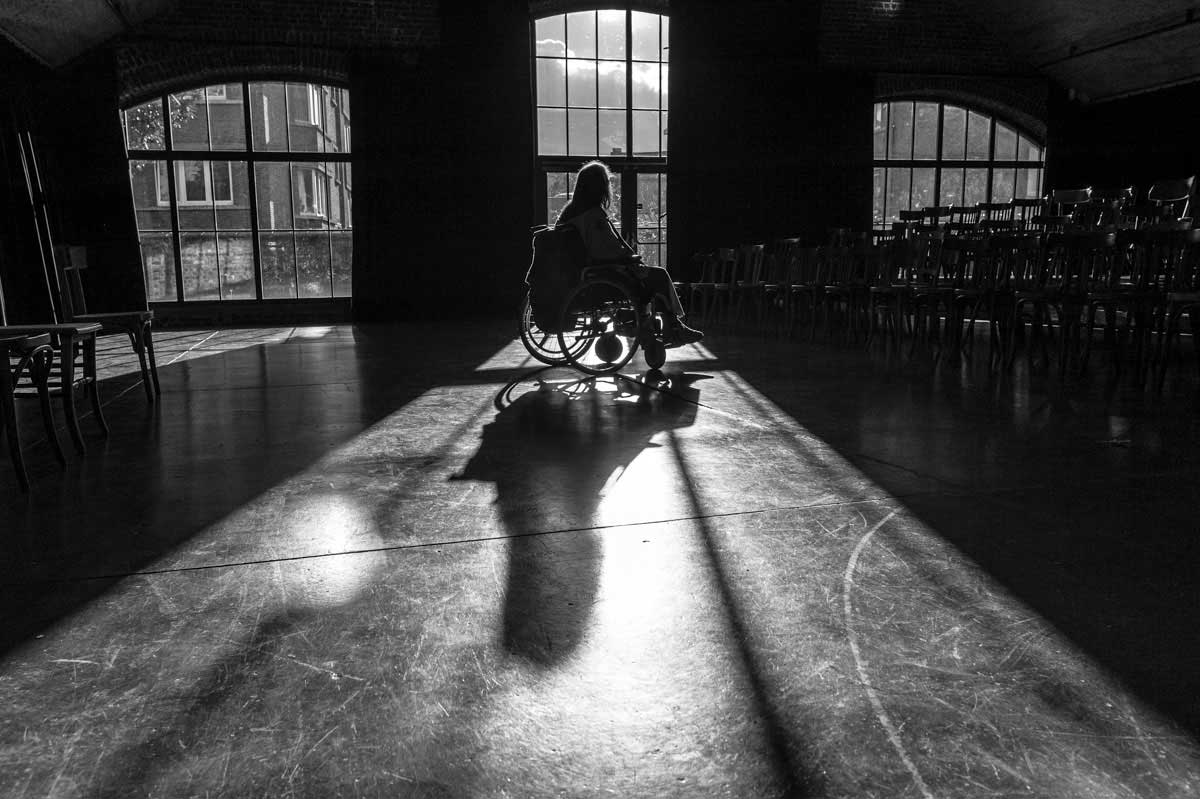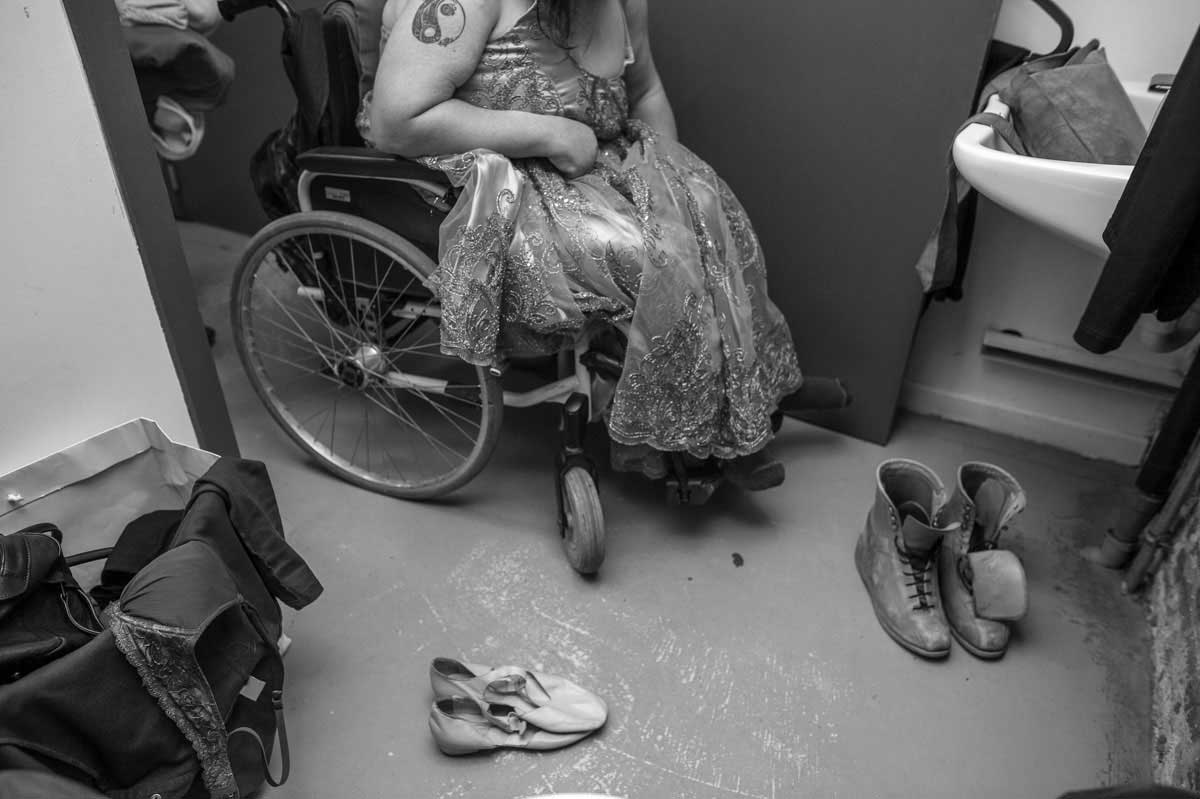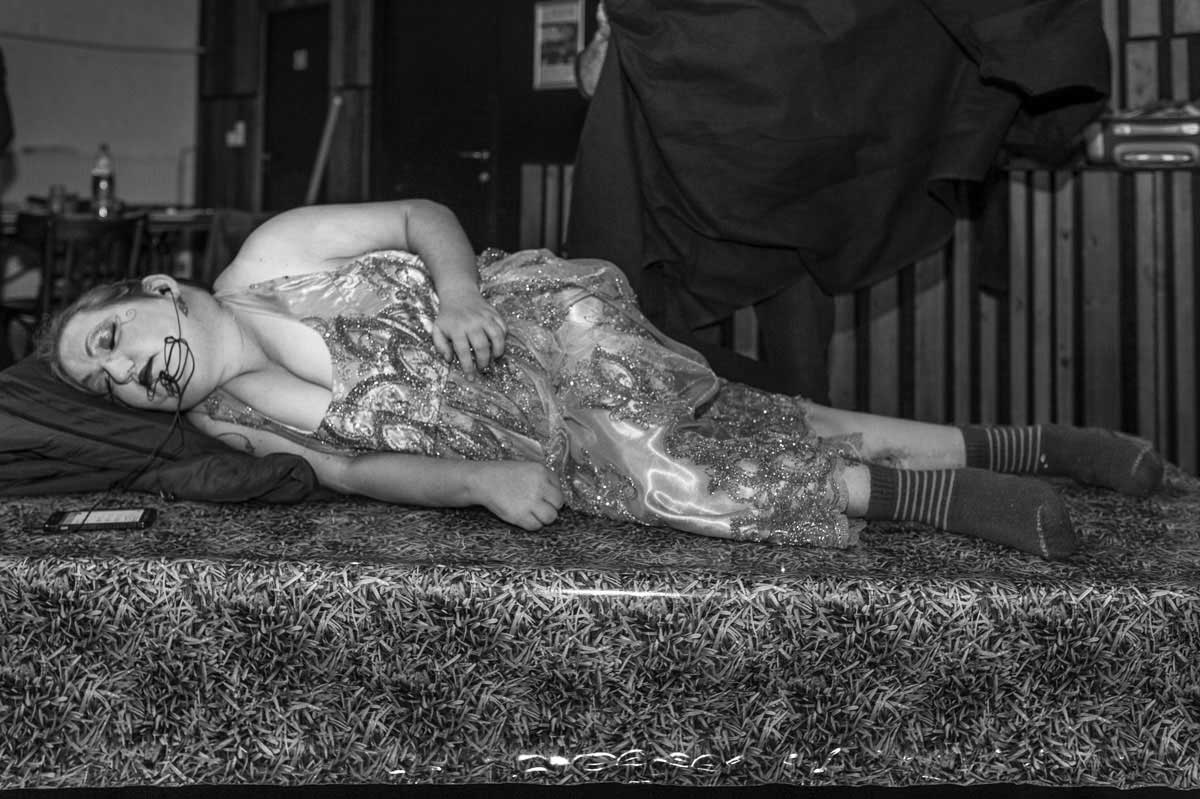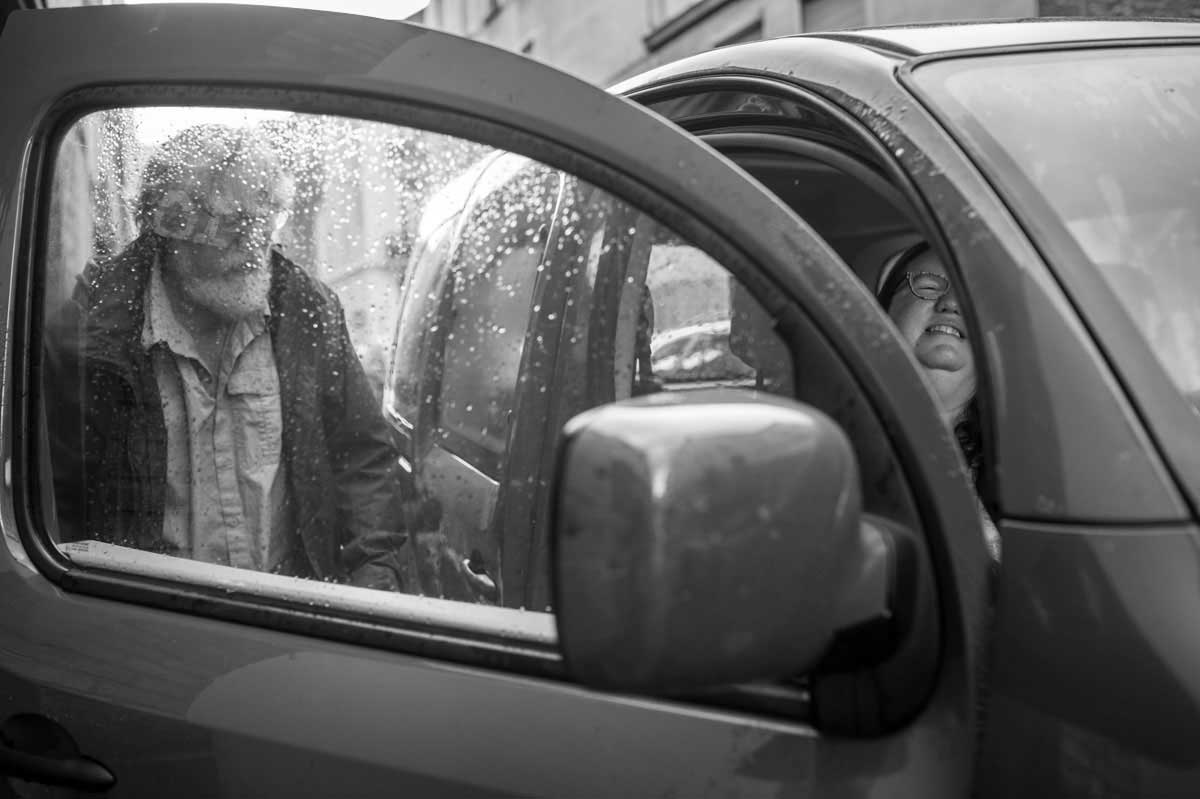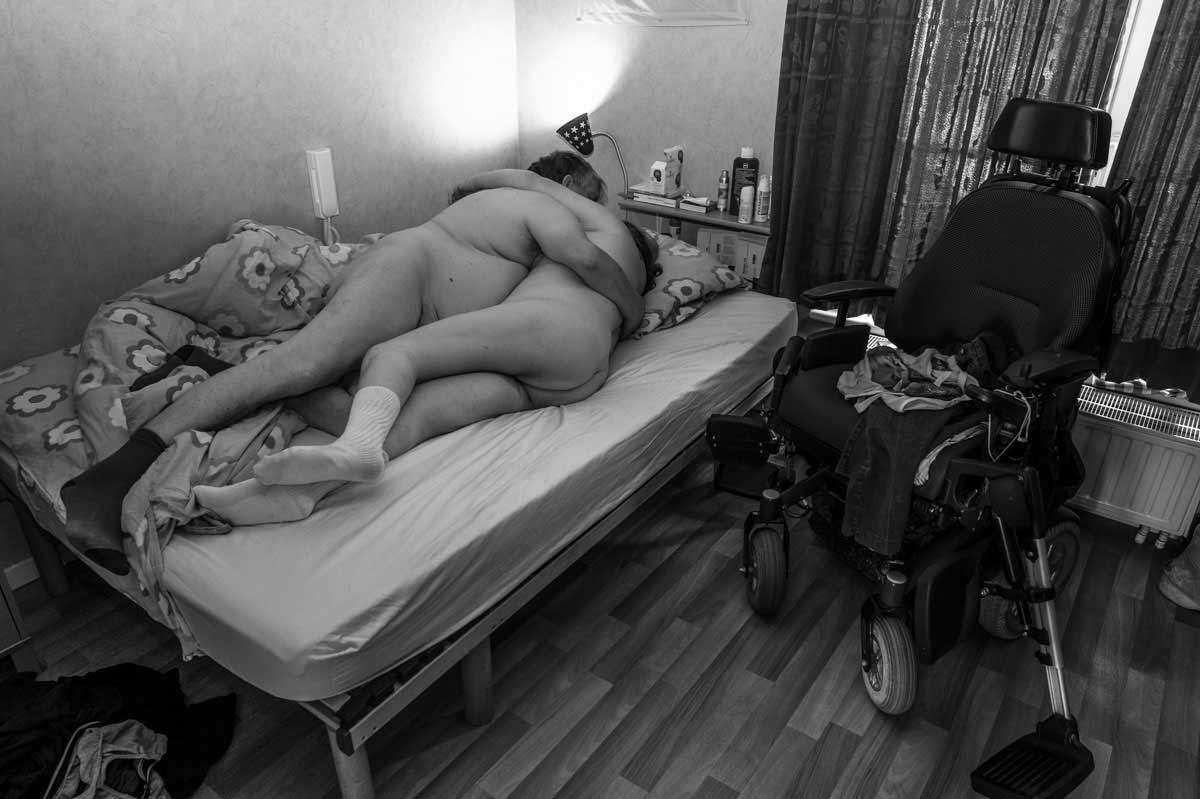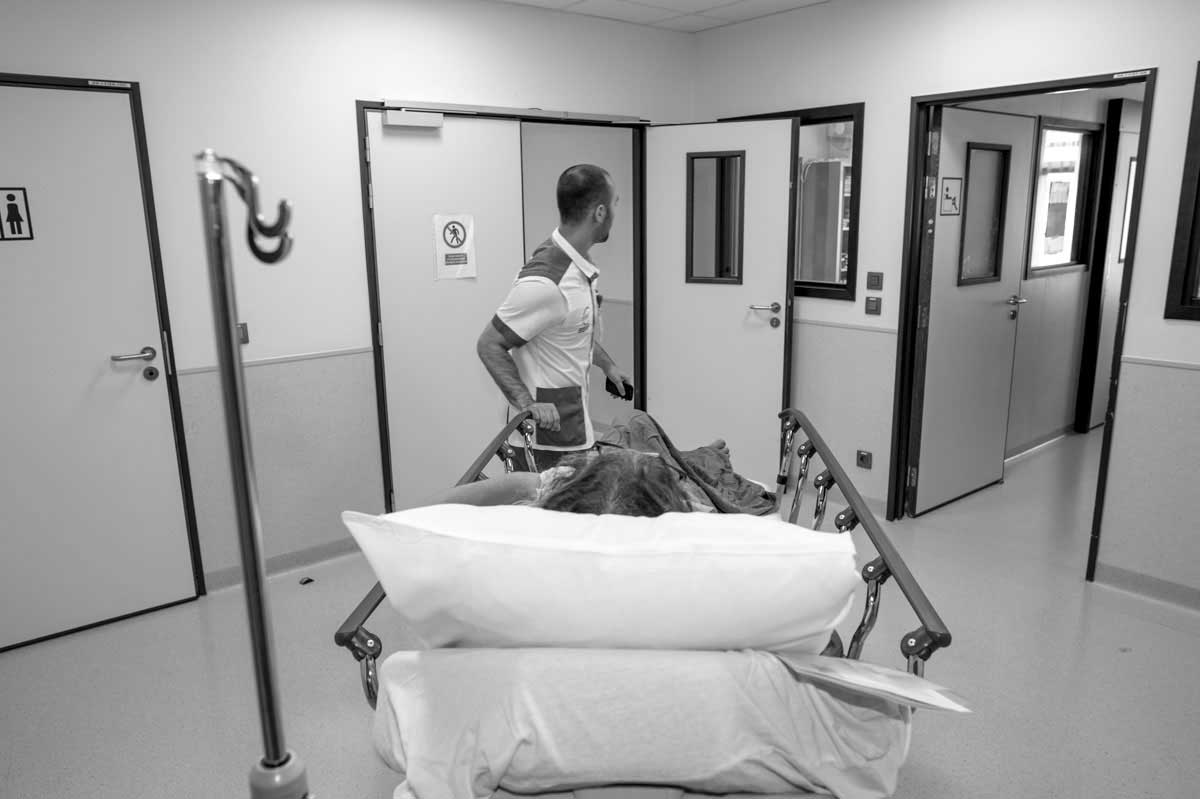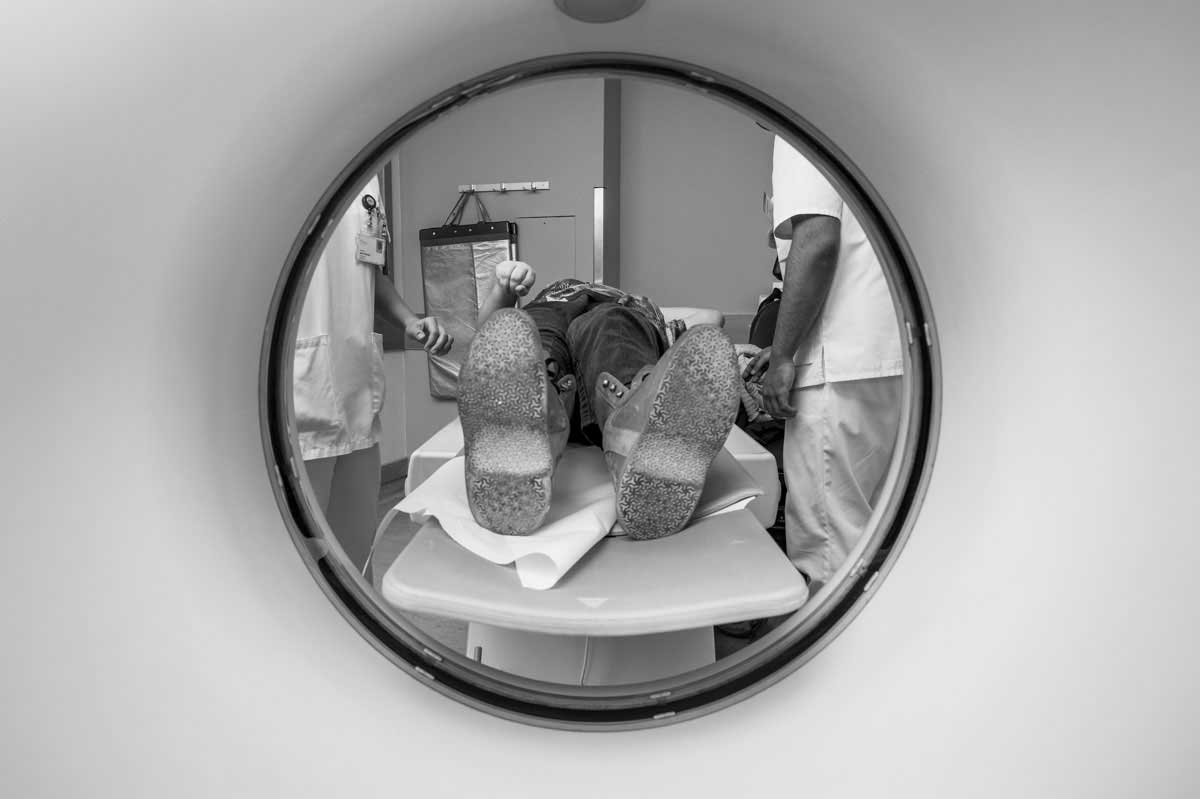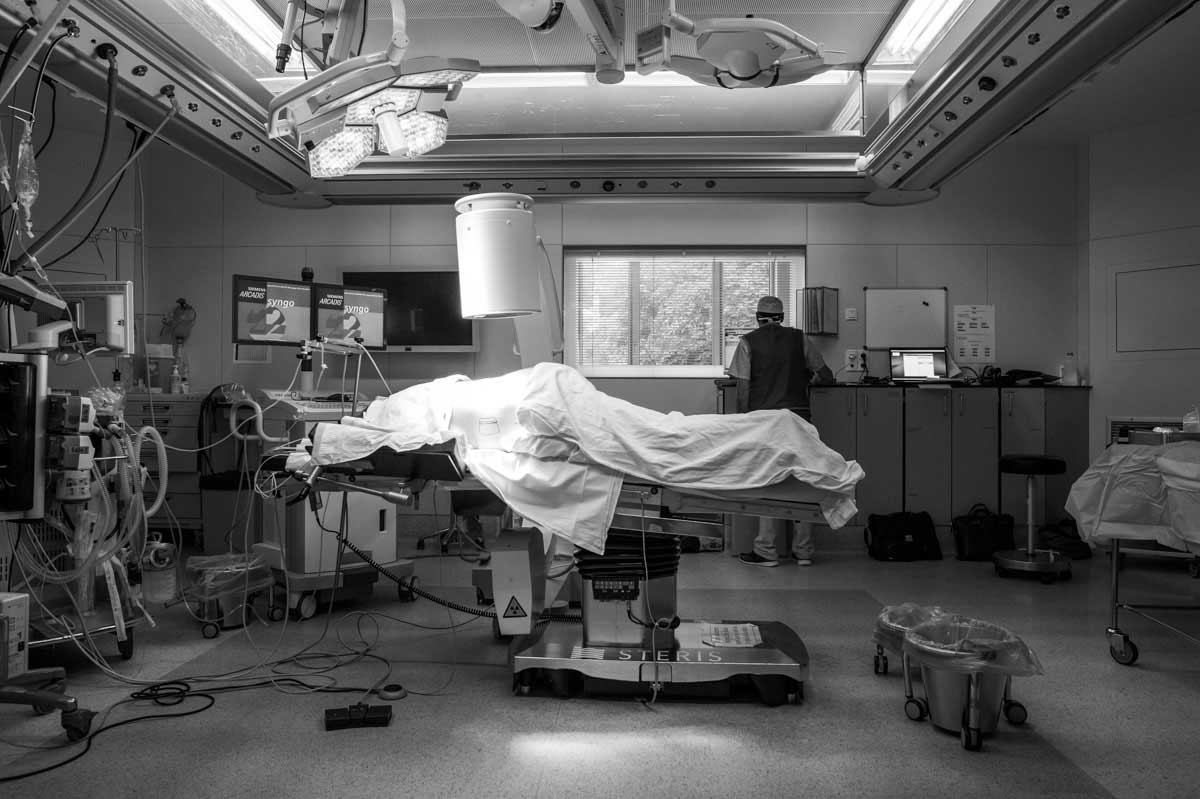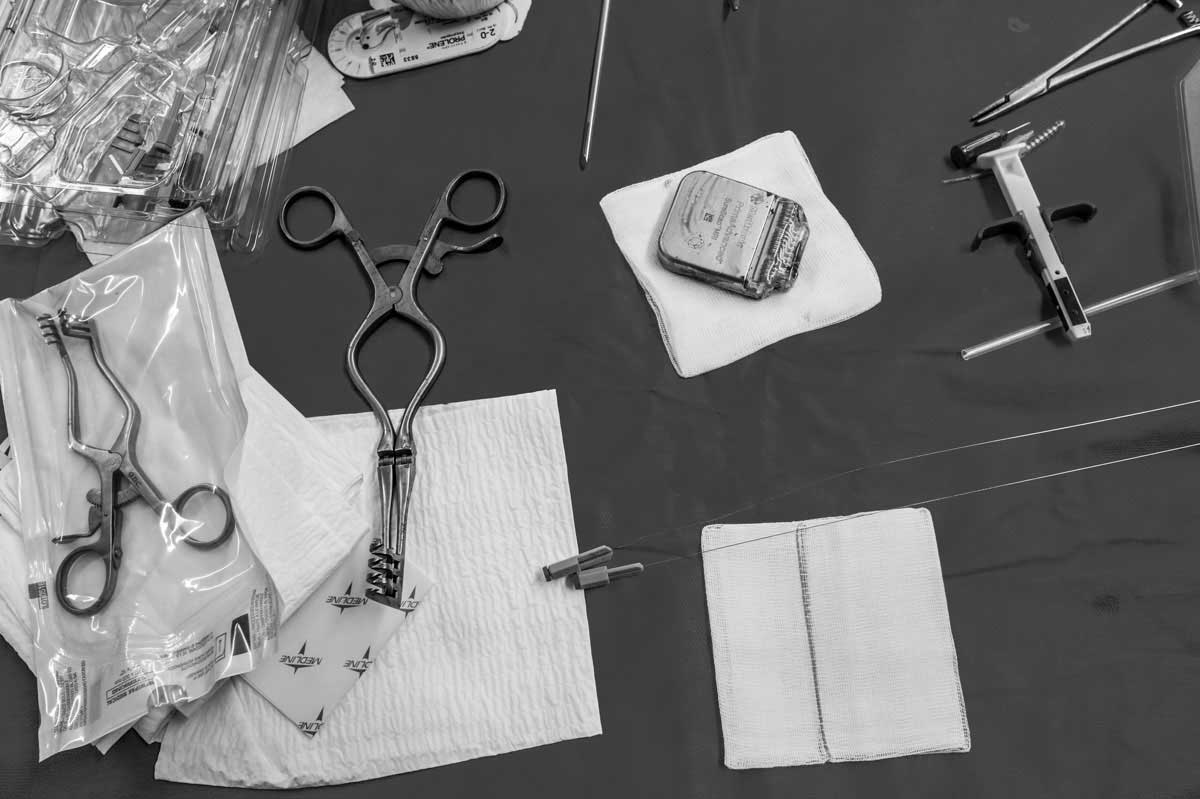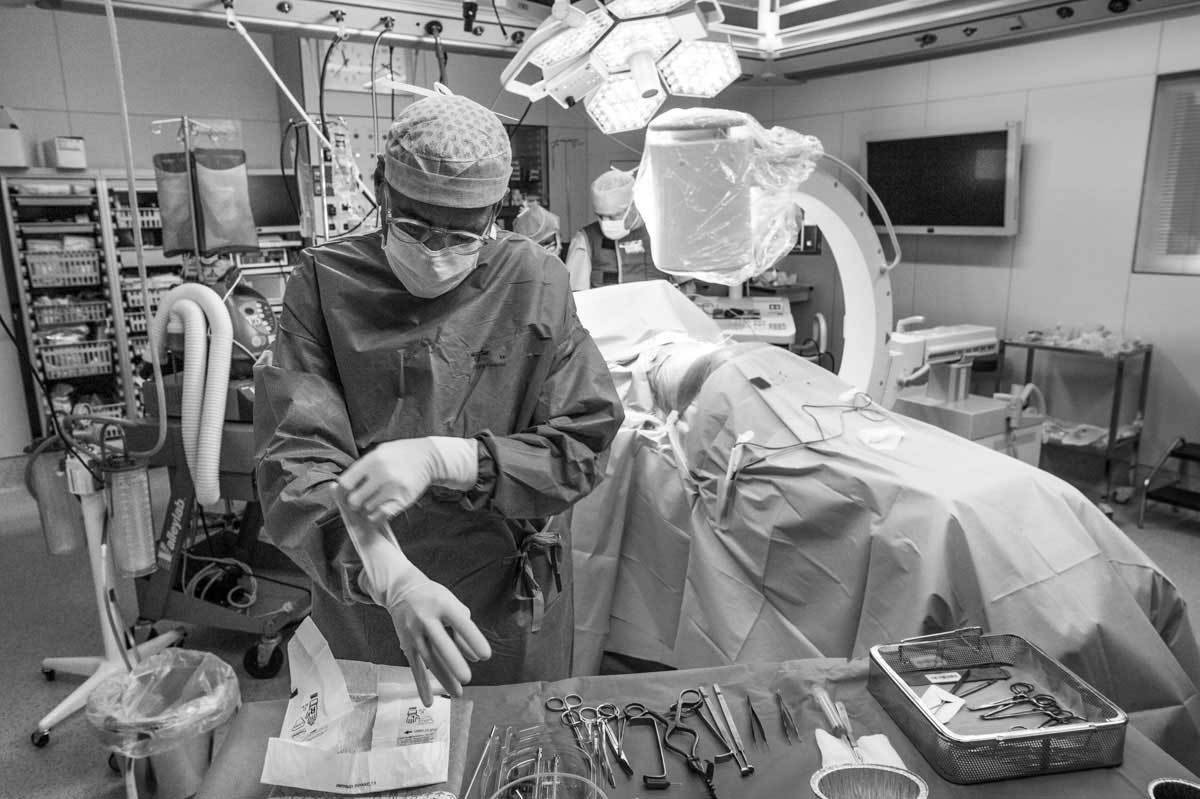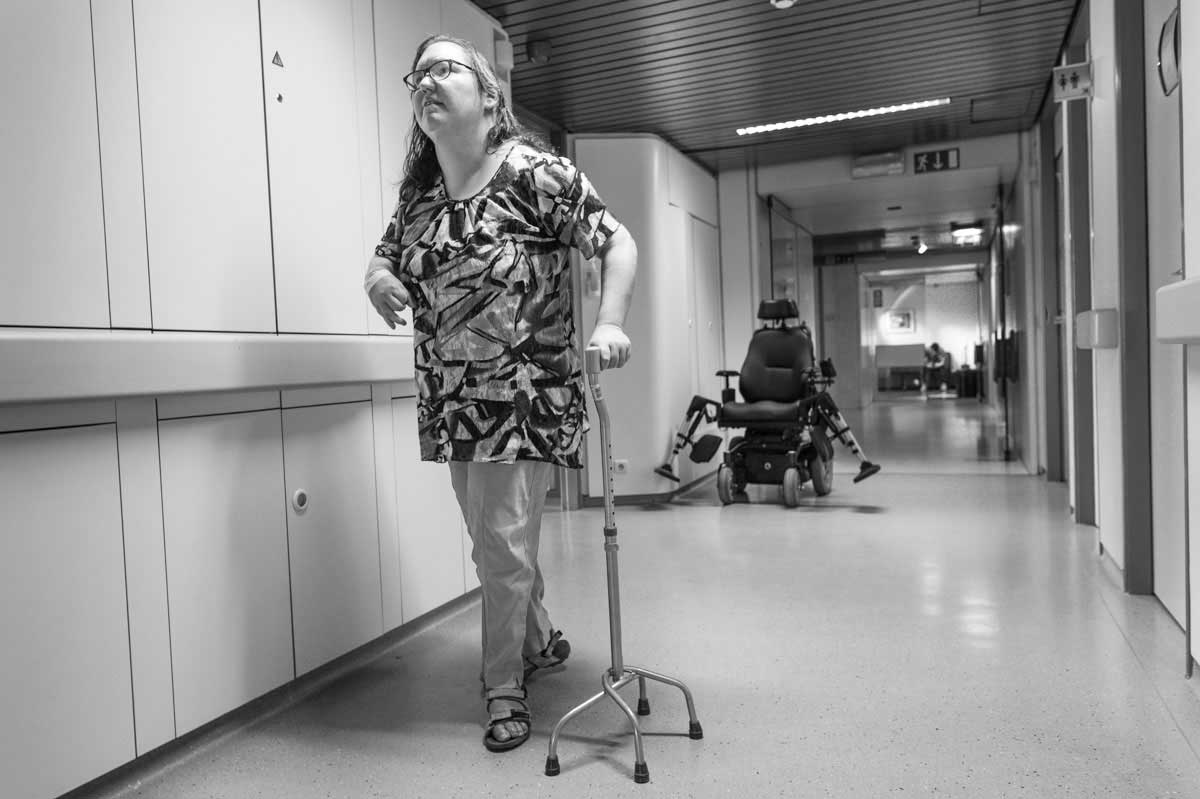This photo documentary, a portrait of Claire Coché, sheds a light on living with impairment and pain, and the freedom and courage to find a solution regardless of the moral and legal indictments.
It sets out to document that euthanasia, contrary to suicide, is not triggered by a severe depressive state. It is a conscious decision and a deeply human journey where the dichotomy of right and wrong must make way for compassion and hope.
In the summer of 2016, I met Claire C. a then 33-year-old wheelchair-bound woman, suffering from severe debilitating pains in her right foot, epilepsy and spastic quadriplegia – a form of spastic cerebral palsy. Since the age of six, her life has been about life-threatening accidents, invasive operations, severe painkillers, and ultimately wanting to end her life. Nevertheless, she remains hopeful, owns an apartment, hosts refugees, travels the globe and is a theatre performer.
Ever since the pains in her foot started in 2012, she has been seeking a diagnosis and an effective treatment as medical specialists could not find anything physically wrong. They attributed the pain to past trauma and referred her to mental health care as a last resort. In 2017, one physician took up her case again. He anesthetized locally the main nerve in her leg to see whether the pain was “real”. The intervention revealed the pain to be the result of nerve damage, most likely due to the invasive operations to treat her spastic quadriplegia. This discovery cleared the way for a spinal neurostimulator implant in the autumn of 2017. Initially the procedure appeared to be a success but a few weeks later, the pains reoccurred, and Claire, once again, expressed her wish to recommence the procedure for active euthanasia. In March 2018, she discovered the potent analgesic powers of cannabis oil or CBD-oil, which is considered an illicit substance in Belgium. This new glimmer of hope has put euthanasia on hold once more, as this solution might significantly reduce her pain medication and to regain control of her body and life.
Claire has been using CBD for several months now and unfortunately the pains are returning. Yesterday (17/10/2018) she told me that June 2019 come she would “not longer be around”.
This journey is a challenge on many levels. The photos and the settings in which they are taken, are at times confrontational, private and delicate; inviting Claire to revisit old trauma, challenging her beliefs on love, life and death, and redefining her relationship with her parents and friends. As a photographer and part-time psychologist it is not always possible to merely observe from the sideline. From time to time, I find myself involved by offering some form of support and counsel. Ultimately, and ideally, this body of work will contribute to the discussion on euthanasia and will convey a message of hope instead of despair. In Claire’s words, this entire journey is “an act of liberation”. [Official Website]
[With a number of photographs still to be taken, this project will carry on into 2018. The book making and its publication are planned for the second half of 2018 and into 2019, additionally aiming for exhibitions and media exposure with the book’s release.]
